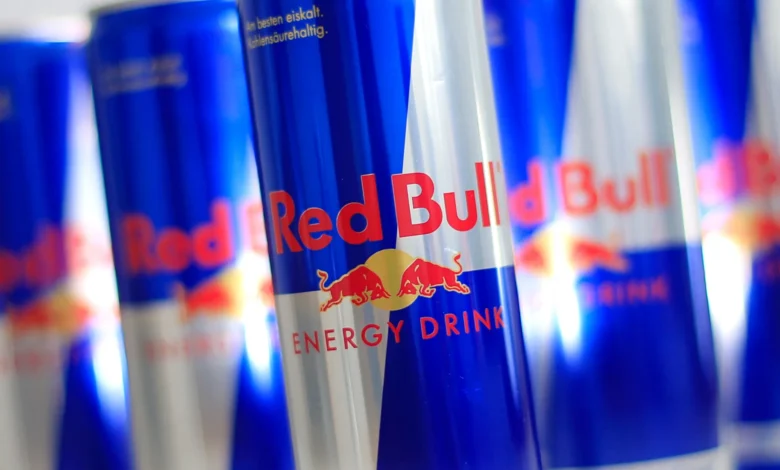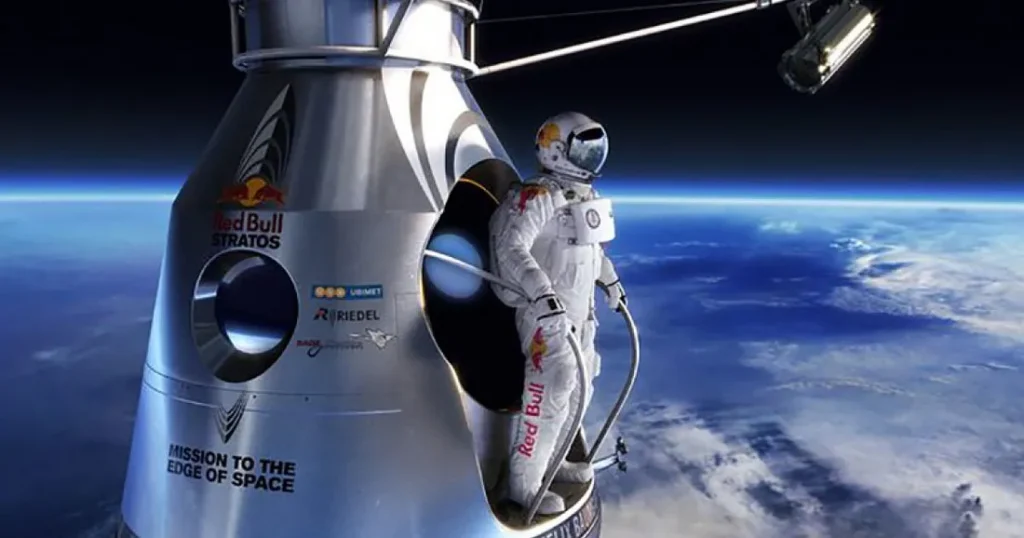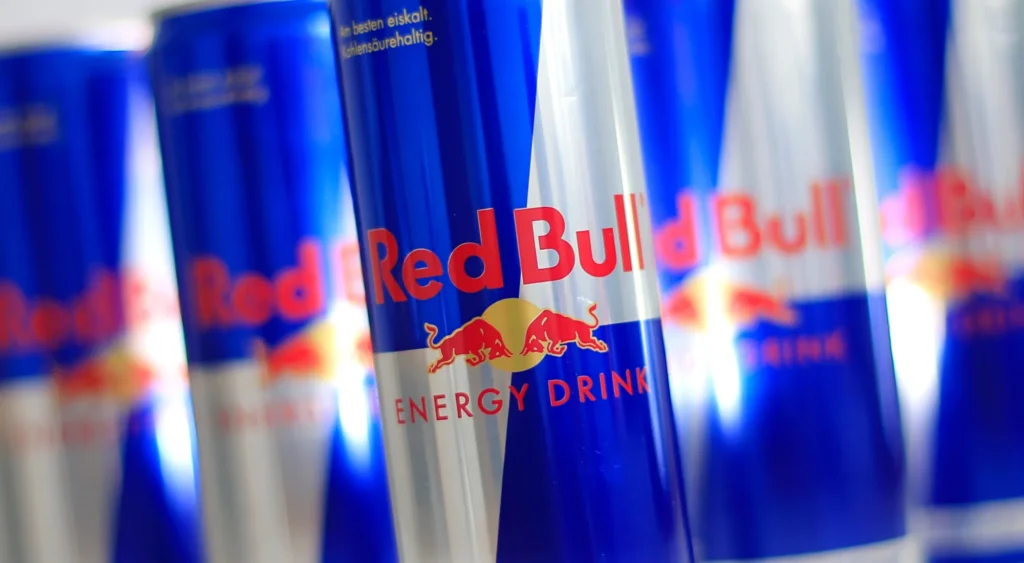Red Bull’s Flight to the Top: How Strategic Marketing and Innovation Made it the World’s Leading Energy Drink

Red Bull’s Flight to the Top: How Strategic Marketing and Innovation Made it the World’s Leading Energy Drink. When you think of energy drinks, Red Bull is the first name that comes to mind. Known for its iconic slogan, “Red Bull gives you wings,” the brand has become synonymous with energy, adrenaline, and high-performance lifestyles. But the journey to the top of the global energy drink market wasn’t a simple flight—it took smart strategies, bold decisions, and continuous innovation. From its humble beginnings in Austria to its worldwide dominance, Red Bull’s success story offers invaluable lessons for entrepreneurs. This article breaks down how Red Bull became the leading energy drink in the world, highlighting the key strategies, turning points, and milestones that propelled it forward. Along the way, we’ll explore how authenticity, strategic marketing, resilience, and growth shaped its path.
The Birth of a Global Phenomenon: Authenticity and Vision
Red Bull was created in 1987 by Dietrich Mateschitz, an Austrian entrepreneur, and Chaleo Yoovidhya, a Thai businessman. Mateschitz came across Krating Daeng, a local Thai energy drink, while working in Thailand. The drink was popular with blue-collar workers and truck drivers, but Mateschitz saw its potential for a broader market. He partnered with Yoovidhya to modify the formula, rebrand it for a Western audience, and launch it globally.
The key to Red Bull’s early success was its authenticity. Unlike many other drinks on the market, Red Bull didn’t just offer energy—it represented a lifestyle. The brand was built on the idea of pushing personal boundaries, defying limits, and embracing adventure. Red Bull wasn’t just selling a product; they were selling an experience, and this authenticity resonated deeply with their target audience.

Lesson for Entrepreneurs: Start with a clear vision and an authentic product that resonates with your audience. Red Bull’s founders identified a gap in the market and built their product and brand around it. They understood that their customers were looking for more than just a functional drink—they were seeking a lifestyle that aligned with their personal goals and aspirations. Entrepreneurs should always ensure their product is authentic and speaks to the true needs and desires of their customers.
Strategic Marketing: Creating a Cultural Phenomenon
Red Bull’s marketing strategy is often cited as one of the most innovative and successful in history. From the start, the company refused to rely on traditional advertising methods. Instead, Red Bull focused on creating experiences that connected deeply with its audience. This unconventional approach started with sponsoring extreme sports events and athletes—pioneering the idea of associating a product with adrenaline-fueled sports long before it became common practice.
In the early 1990s, Red Bull sponsored events such as the Red Bull Flugtag (a competition where participants launch homemade flying machines into a body of water), extreme sports, and skateboarding competitions. The brand didn’t just sponsor the events—it created them. This strategy made Red Bull an integral part of the extreme sports culture, solidifying its identity as a drink for those who push the boundaries.
Lesson for Entrepreneurs: Embrace unconventional marketing strategies that build experiences and connect emotionally with your audience. Red Bull’s success shows the power of experiential marketing. Instead of spending heavily on TV ads, they invested in events and experiences that made the product a part of their customers’ lifestyles. Entrepreneurs should think creatively about how their brand can become a memorable experience for their target market.
Resilience and Overcoming Early Challenges
Despite its innovative marketing, Red Bull faced significant challenges in its early days. The energy drink market was practically nonexistent, and the brand was met with skepticism. Many in the industry doubted that people would pay a premium price for a can of energy drink, and in some markets, the concept of an energy drink was completely foreign. The company had to build its market from the ground up, educating consumers and overcoming resistance from both retailers and competitors.
One of Red Bull’s boldest moves was when it decided to market its product primarily through small retail outlets, rather than traditional grocery chains. This gave Red Bull greater control over its brand image and allowed it to build a loyal customer base. It wasn’t until the late 1990s that Red Bull achieved mainstream success, but by then, it had established a cult following that helped propel its global expansion.

Lesson for Entrepreneurs: Resilience is crucial when building a brand, especially when you’re introducing a new concept. Red Bull’s ability to stay the course despite early challenges and skepticism is a testament to the importance of resilience. Entrepreneurs must be prepared to face rejection, stay focused on their vision, and push forward through obstacles.
Innovative Approaches: Building the Red Bull Empire
In the 2000s, Red Bull continued to expand its brand in bold and innovative ways. The company not only introduced new flavors and product variations but also became heavily involved in media creation. In 2007, Red Bull launched Red Bull Media House, which produced content related to extreme sports, music, and youth culture. This move positioned Red Bull not just as a product, but as a media brand—creating original content that resonated with its audience and further cemented its connection to the high-performance lifestyle.
Additionally, Red Bull took its commitment to extreme sports to new heights. In 2012, the company sponsored the “Red Bull Stratos” mission, where skydiver Felix Baumgartner jumped from the edge of space in a historic freefall. This audacious stunt not only showcased Red Bull’s commitment to pushing the limits but also generated global media attention, reinforcing the brand’s identity as a leader in adventure and thrill.
Lesson for Entrepreneurs: Innovate constantly and think outside the box to stay ahead of the competition. Red Bull’s shift to media creation and its ability to use extreme events as marketing tools set it apart from any other beverage company. Entrepreneurs should always look for innovative ways to grow their brand, whether by creating unique experiences, leveraging new platforms, or engaging customers in ways that no one else has thought of.
Global Expansion: From Local Leader to Global Giant
Today, Red Bull is available in over 170 countries and holds a dominant share of the energy drink market. Its ability to expand globally while maintaining a consistent brand message is a key part of its success. Red Bull adapted its marketing approach to different cultures and local tastes, but it always stayed true to its core message of performance and adventure.
The company’s expansion into new markets was accompanied by careful management of its brand image. Whether in Europe, Asia, or the Americas, Red Bull successfully positioned itself as a premium product that appealed to the desire for high energy, success, and personal achievement.

Lesson for Entrepreneurs: Expand strategically and maintain brand consistency. Red Bull’s global success didn’t happen by chance. The company meticulously built its brand in each market, ensuring that the essence of the brand was preserved while adapting to local tastes and preferences. Entrepreneurs must strike a balance between global expansion and local relevance, ensuring their brand remains authentic in diverse markets.
Conclusion: What Entrepreneurs Can Learn from Red Bull’s Journey
Red Bull’s journey to becoming the world’s leading energy drink is a powerful case study in innovation, strategic marketing, and resilience. The company’s success was not a result of traditional marketing tactics or simple product development—it was about creating a brand that resonated deeply with consumers and continually pushing the boundaries of what was possible.
Entrepreneurs can take several key lessons from Red Bull’s story:
- Build an authentic brand with a clear vision.
- Create experiences, not just products, that connect emotionally with your audience.
- Be resilient in the face of challenges and stay committed to your vision.
- Innovate constantly and think outside the box to stay ahead of the competition.
- Expand strategically while maintaining brand consistency.
Red Bull didn’t just revolutionize the energy drink industry—it changed the way businesses think about branding, marketing, and consumer engagement. By following these lessons, aspiring entrepreneurs can take their own ventures to new heights and create brands that resonate with consumers around the world.





